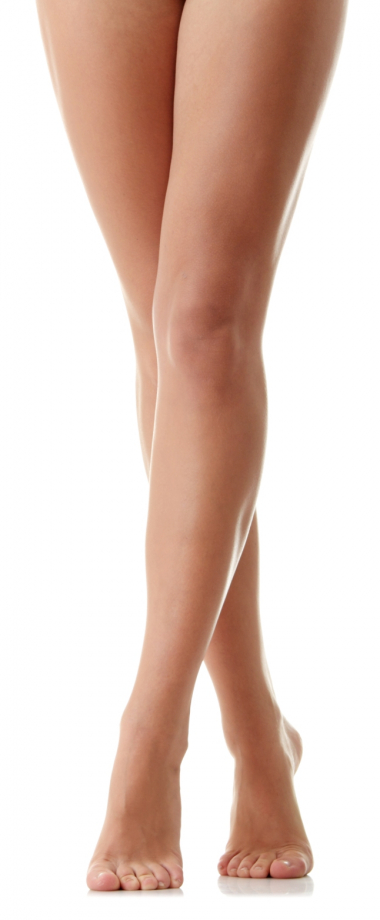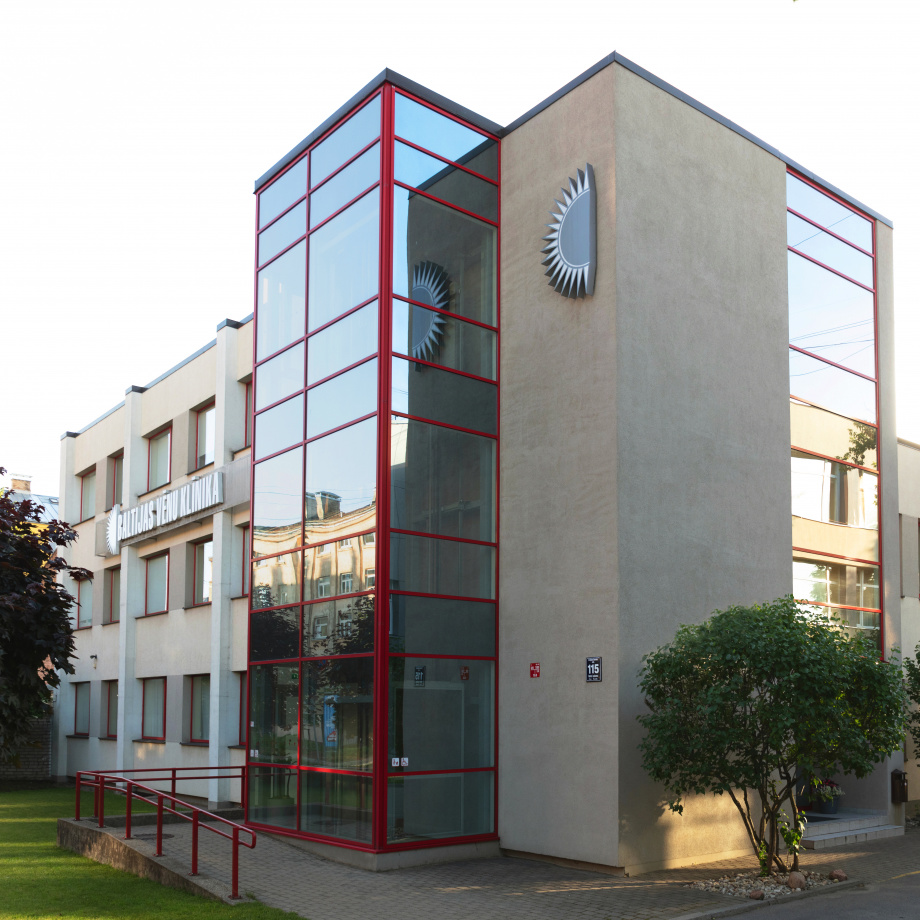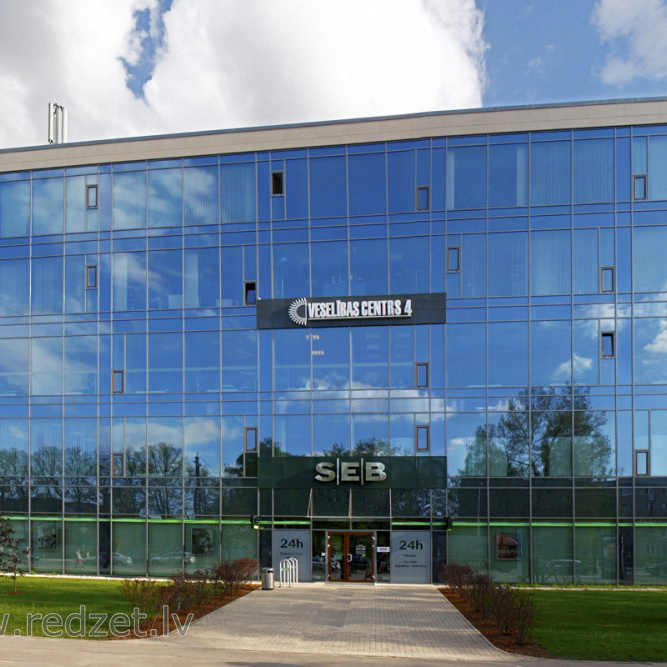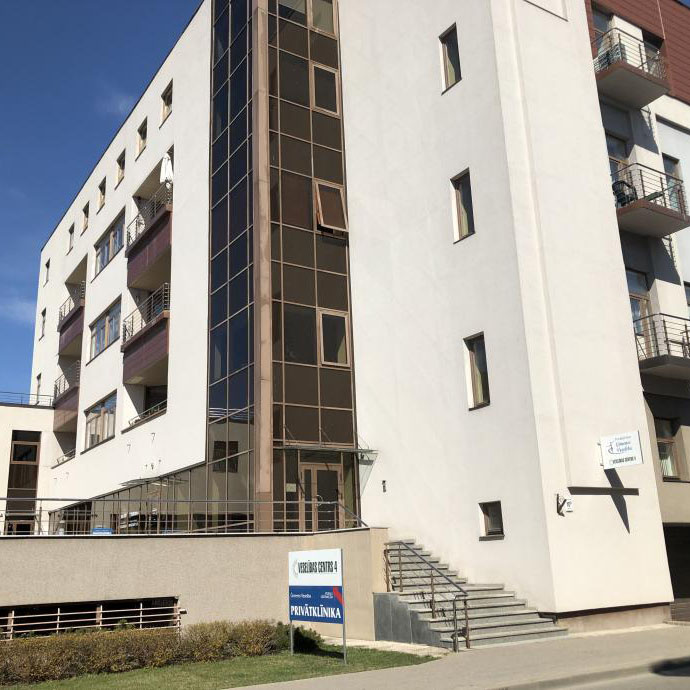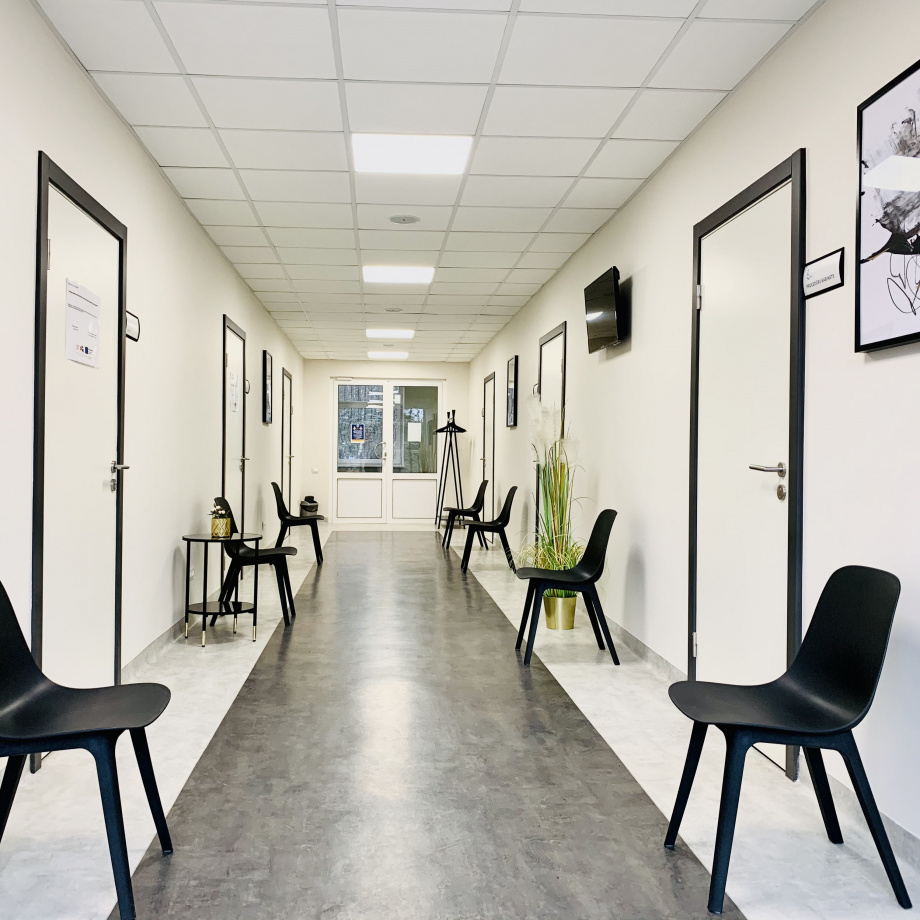
About veins
The vascular system is complex and very individual. Its understanding requires a great deal of experience and competence. Figuratively, it can be compared to the water system in a house.
The arteries are like a water pipe with a smaller diameter but greater blood flow pressure, because the heart muscle pumps blood into them with great force.
THE VASCULAR SYSTEM OF THE LEGS IS MADE UP OF TWO TYPES OF BLOOD VESSELS:
- arteries, which carry oxygen-rich blood to the legs and ensure nutrition and function of the tissues;
- veins, which carry "used" blood back to the heart and lungs, where it is enriched with oxygen again.
Figuratively, it can be compared to the water system in a house. The arteries are like a water pipe with a smaller diameter but greater blood flow pressure, because the heart muscle pumps blood into them with great force. For this reason, clots do not usually form in healthy arteries, and blood flow is not impaired.
Veins are like sewage pipes, with a larger diameter but slower blood flow with less pressure. Blood is mostly pumped towards the heart by the calf muscles, which is counteracted by the gravitational force. In order for the blood to continue flowing from the legs, there are bicuspid valves in the veins about every 10 centimetres, which allow the blood to flow towards the heart, and block the flow towards the feet. If the valves get damaged, or the walls of the veins stretch, venous blood begins to flow in the wrong direction, which is called venous reflux. If reflux lasts more than 3 seconds, the valves are considered completely damaged. This is the main cause of chronic venous insufficiency (CVI).
THE LEGS HAVE A SYSTEM OF SUPERFICIAL AND DEEP VEINS:
- we cannot see deep veins from the outside, but they are the main veins providing approximately 85% of the blood flow from the legs;
- what we partially see are the superficial veins, and we see their damage as varicose veins.
There are two main superficial veins – the long (VSM) and short (VSP) stem veins. If the valves in these veins do not work properly, the venous pressure increases in the branches of these veins, and the veins inflate like balloons, which is called varicose veins.
The system of deep and superficial veins is connected by perforator veins, and their damage in the calf often leads to the development of venous trophic ulcers.






